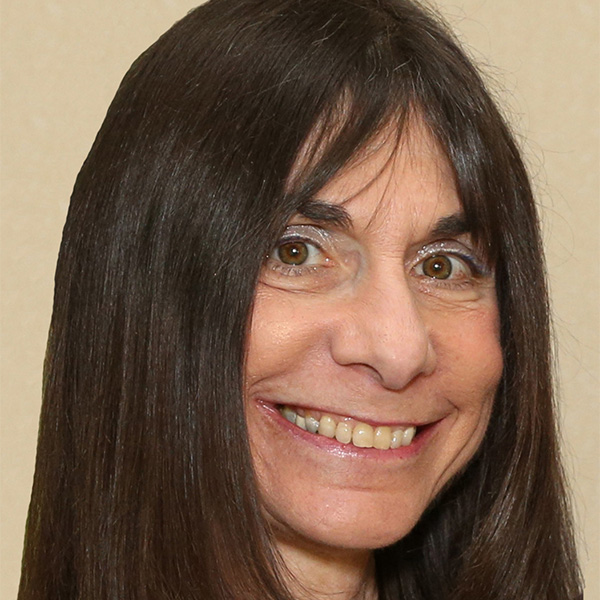Is There Science behind Twin Booms?

In 2024, the town of Inverclyde, Scotland, saw 10 sets of twins (6 pictured) start primary school at the same time. Photo by Jane Barlow for PA Wire/AP Images
Is There Science behind Twin Booms?
Two BU-affiliated researchers, one the CAS Twin Project director, explain how a local school graduated 23 sets of twins in a single class
In June 2024, a Ridgewood, N.J., high school graduated 15 sets of twins in a class of 419. The same month, a Needham, Mass., middle school said goodbye to 23 pairs as they finished their eighth grade studies. In late summer 2023, 17 pairs of young twins in Inverclyde, Scotland, prepared to enter kindergarten; another 10 pairs followed suit in summer 2024.
Stories of twin booms tend to make splashy headlines because of their perceived uniqueness, but they’re no surprise to Boston University’s Kimberly Saudino, a College of Arts & Sciences professor of psychological and brain sciences and director of the BU Twin Project, a seven-year research study that concluded in 2019. The study observed behavioral patterns between more than 900 sets of twins aged three to five, in order to assess how genetic and environmental factors contribute to temperament; it also happened to coincide with the continued rise in instances of in vitro fertilization, or IVF.
“When I first started to do research, it used to be that one third of the twins born would be identical—that was the natural ratio,” Saudino says. “But eventually the ratio started to change and you started to see more fraternal twins being born, and that’s because of IVF. When I first started to write grant applications, I used to have to [indicate] what I was going to do to get more fraternal twins in the sample. In my last cohort, we had to work to boost up our identical twin sample.”

After the advent of IVF in 1978, the procedure was found to increase a mother’s chances of giving birth to fraternal twins, as it was common practice for doctors to artificially fertilize multiple eggs at once. IVF is a time-consuming and costly procedure, and not every fertilized egg leads to a viable pregnancy, so it was practiced as a means to elevate the chances. However, if multiple fertilized eggs lead to multiple zygotes, the result is multiple births. In the United States, the twin birth rate shot up 76 percent from 1980 to 2009, with women aged 35 to 39 seeing a nearly 100 percent rise and a more than 200 percent rise for women over 40, according to the Centers for Disease Control and Prevention.
“The dramatic rise is mostly for fraternals, but when you manipulate an egg outside the womb, you increase the chances of zygotic splitting, or the splitting of the fertilized egg,” says Nancy Segal (CAS’73), director of the Twin Studies Center at California State University, Fullerton, and author of nine books on the topic. “We do see this upward trend in monozygotic, or identical, twins as well—it’s just not as steep.”
Yet recent data show that that upward trend may be taking a turn. After years of climbing, the US twin birth rate began to slowly fall in the 2010s, with its most dramatic drop (7 percent) occurring from 2019 to 2020—right around the time the twins in Scotland were born.
“Currently, physicians have been perfecting IVF techniques, and they’re more reluctant to implant two or more embryos, which they used to have to do years ago,” Segal says.
Then there is another factor: insurance. In places where IVF is not typically covered by health insurance, it’s socioeconomics that determines where a twin boom will happen.
“IVF is an expensive procedure, and [sometimes] some couples might elect to do it if they want to delay the childbearing years and establish themselves professionally,” Segal says. “By the time they want to have children, it could be a little late to conceive, so IVF is a perfect solution.”
To wit: both Ridgewood, N.J., and Needham made the top 20 in a 2023 Census Bureau list of the richest towns in the country. Inverclyde, however, that same year was named the “most deprived” area in Scotland. So why did a twin boom take place there?
It’s likely the same reason suspected by many to be behind the ongoing twin booms in Cândido Godói, Brazil, Igbo-Ora, Nigeria, Kodinhi, India, and Velikaya Kopanya, Ukraine: genetics. Some groups are more predisposed to twinning, say Saudino and Segal, particularly if they—and their gene pool—exist in isolation.
“For the longest time, it was thought that identical twinning was a random occurrence, but that fraternal twinning ran in families, because the tendency to double ovulate [develop two or more eggs in one ovulation cycle] is genetic,” Saudino explains. “But there was a study done in Sweden several years ago where they found some hints that there was some genetic influence on identical twinning, and that this random process can have a familial effect.”
Other historical twin booms have been purely environmental. “When men come back from war, there sometimes seems to be a birth rate boom, and a twinning boom,” says Segal. “That’s because sexual abstinence for long periods of time also increases the twinning rate.”
Segal herself is a fraternal twin born during the post-WWII baby boom. She recalls that she and her sister, Anne—four inches taller, and with curlier hair—were often compared to each other growing up, though they didn’t feel all that much alike. “People were constantly saying, Who’s the prettier one? Who’s the smarter one?” she says. “People’s comments are just amazingly rude and invasive.”
Saudino thinks that twin booms could ultimately benefit people’s understanding of the phenomenon, perhaps even eliminating the kinds of questions the Segal twins used to endure. “Even though we see twins as extensions of each other, they’re really siblings at the end of the day,” Saudino says. “A little bit more immersion to twin life is a good thing.”

Comments & Discussion
Boston University moderates comments to facilitate an informed, substantive, civil conversation. Abusive, profane, self-promotional, misleading, incoherent or off-topic comments will be rejected. Moderators are staffed during regular business hours (EST) and can only accept comments written in English. Statistics or facts must include a citation or a link to the citation.